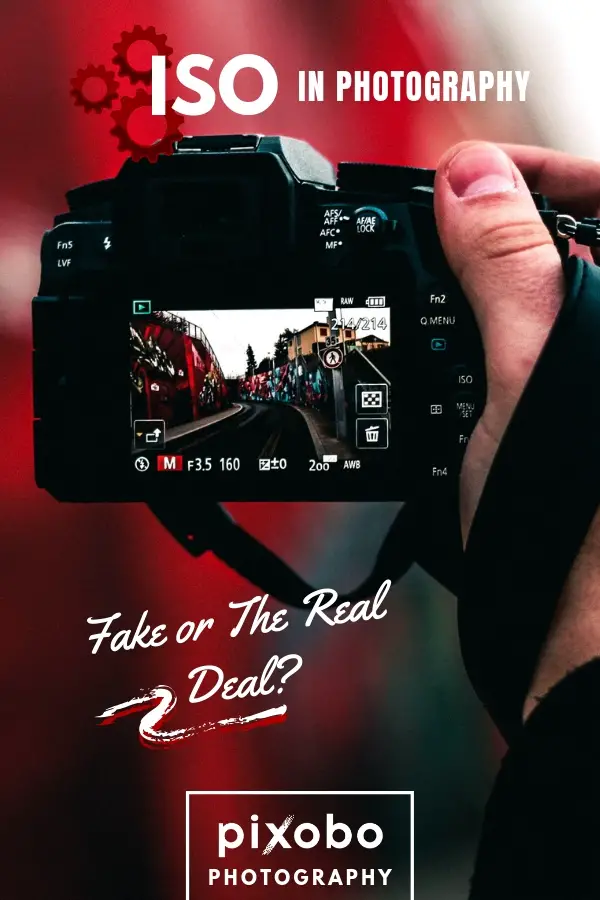If you have been into photography for quite a while already, you have certainly had an opportunity to figure out that the whole thing is not about simply finding a pretty scene and pushing the button. Unfortunately, for a lot of beginners, this art has a great big technical part to it and it is something you can’t ignore if you want to take outstanding images.
All of the buttons that are on the camera nowadays are there for a reason. And whether or not you know exactly how to manipulate with these settings will make a tremendous difference in the end. So, all these technical peculiarities have to be taken seriously. Especially, if you want to become a professional photographer.
However, at the same time, you should never overestimate the importance of the settings that your camera has. Mainly because (disclaimer) some of them might simply be…false, and a camera’s ISO is a great example.
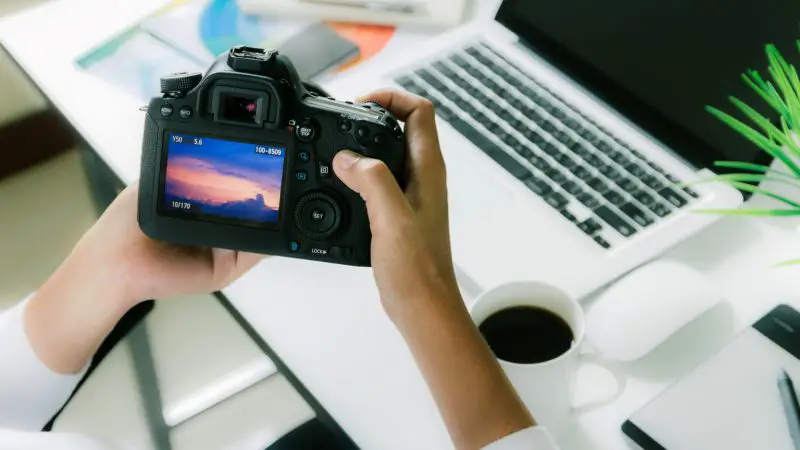
For years photographers have been questioning whether a different ISO that various camera models have actually makes a difference and whether or not the ISO even matters in modern digital photography.
Turns out, that this thing is something that we can neglect to a certain point. A lot of beginners will be more than happy to find that out.
Let’s tackle the main reasons why ISO is totally fake. The manufacturers lie to us about the numbers. Moreover, the ISO you’re shooting at does not really matter, in case you know how to use Lightroom or Photoshop…
After you read this article, your life as a photographer will never be the same again. We promise.
However, we feel like we have to start from the basics to explain to the amateurs what are we even talking about and to remind the professionals some things that they may have forgotten.
Table of Content
What is ISO?
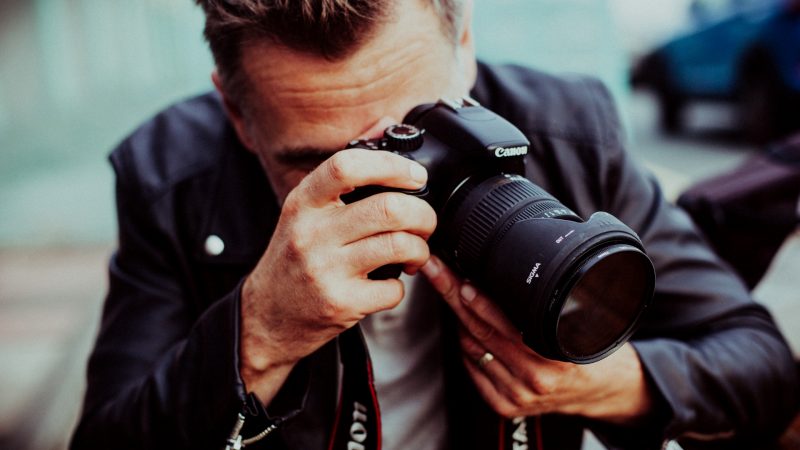
We photographers always tend to claim that photography is based on three main elements:
- shutter speed
- aperture
- ISO
A little further in the article, we will question the importance of ISO, but for now, let’s think of it as a feature of your camera.
In a nutshell, ISO will help you darken or brighten your photo. ISO helps you shoot during the dark times of the day or when the sun is just too bright. Once you increase the ISO number, your image will get brighter and the other way round.
However, if you are in a completely dark environment and you take a photo at your highest ISO, it doesn’t necessarily mean that the shot will turn out great.
Usually, it will be too grainy (have a lot of noise). Photographers recommend raising the ISO only in case it is impossible to brighten up the photograph with the help of the other camera settings (aperture and shutter speed).
There is such a term as ‘base ISO’. It is the lowest numeric value of the ISO setting that your camera has. Usually, it’s ISO 100. However, some of the older models have a natural ISO 200. A photograph taken at ISO 200 will be twice as bright as the shot taken at ISO 100 (well, at least it has to be that way, but you will soon figure out that it’s not the reality any longer).
-
A Brief History
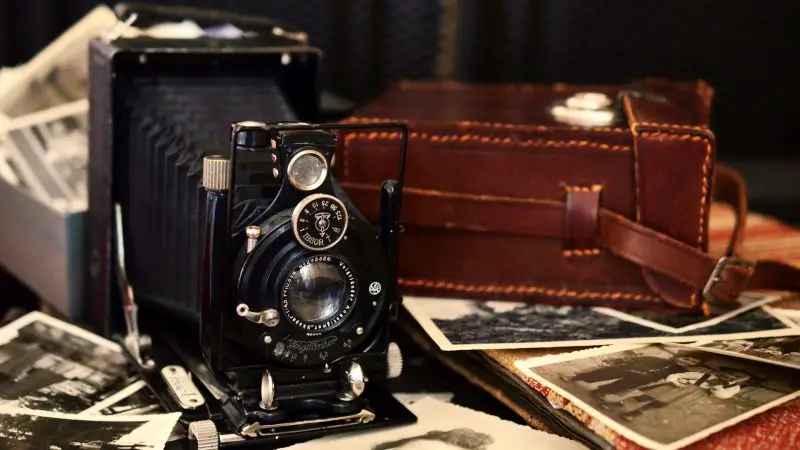
To go the extra mile, you might want to know that ISO is deciphered as the International Organization of Standardization. At one point, it was important to standardize such a feature as light sensitivity of the imaging or film sensor. In theory, if you put an ISO 200 on one camera it is going to have the same exposure value as an ISO 200 on another camera (even if they are from different brands).
The standard for the film was agreed on back in 1974 (by the way, the standardization was based on two previous systems that were developed even earlier – in the 1930s and the 40s). And we all know that it was the time of film cameras, the digital era was yet to come. When the newest sensors appeared everyone decided to continue using the same numbers.
ISO was once referred to as ‘film speed’. Because in the cameras that used film (and, as a result, a chemical reaction had to occur) once the tonal performance doubles, the light sensitivity does as well. However, this cannot be applied to digital sensors.
Main Reasons Why ISO Is Totally Fake

If you have read the previous part of the article, then you might already have some questions about ISO. Do the numbers always lie? And do we even need this thing in a camera?
We will not be diving into different technical difficulties. Let’s just provide a few examples that prove that, in fact, ISO is totally fake and you shouldn’t be worrying about it too much at all.
1. All Manufacturers Fail to Follow the Standard
Ok, even though ISO literally stands for International Organization of Standardization, no one really cares about these standards any longer. Even the camera manufacturers!
Of course, you might not have a few cameras lying around your house to check this out for yourself. But you can have a look at some videos on the Internet, where you will vividly see the difference between, for example, Nikon’s ISO 200 and Sony’s ISO 200. Moreover, even the ISO numbers within one brand might differ, so what standard are we even talking about?
2. Manufacturers Tend to Exaggerate Their ISO Numbers
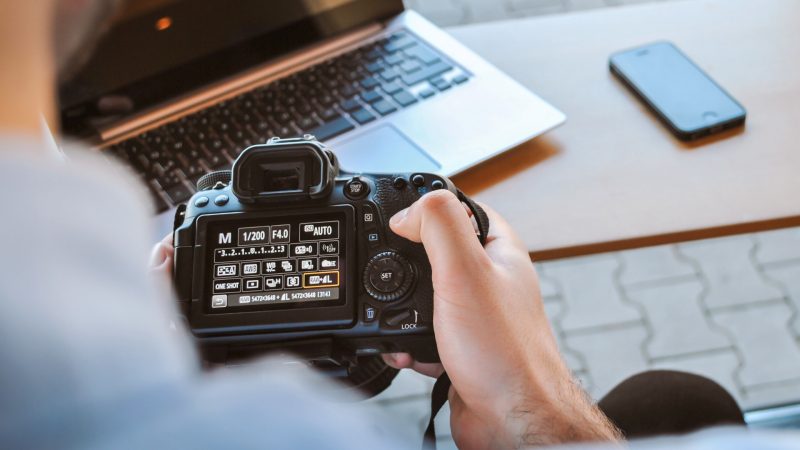
We understand that marketing is everything nowadays. A good advertorial can make you spend your money straight away. And when it comes to camera brands, these brands can use ISO numbers to gain profit.
For example, a company has released a new model that doesn’t really differ from their previous one, but they need to make everyone around think that the camera is ten times better than the previous model. And what they can do here, is play with the ISO numbers.
However, bear in mind that no matter what numbers the manufacturer decides to use, the actual performance of the camera does not differ at all in the majority of cases.
3. You Can Shoot at Any ISO and Then Simply Later Change the Exposure of the Image on Your Computer
All you need to do is have Lightroom or Photoshop on your computer and you can make the picture as bright as you want it to be. Well, at least, in theory.
However, you can totally attempt to do the trick all on your own. Drop the ISO on your camera to its base, take the picture and then try to make it look as good as the same shot taken at ISO 3200.
You will be surprised to find out that there are practically no major differences. Yes, if you really zoom in, you might notice some difference when it comes to noise, but that’s pretty much it. Taking into consideration that we rarely use images that are zoomed in as much, no one would even notice the difference. Especially, if the size of the image is small.
However, we have to admit that changing the exposure during the post-production and shooting with the right ISO is not the exact same thing as you can notice some differences.
4. The ISO Number Doesn’t Physically Change Anything
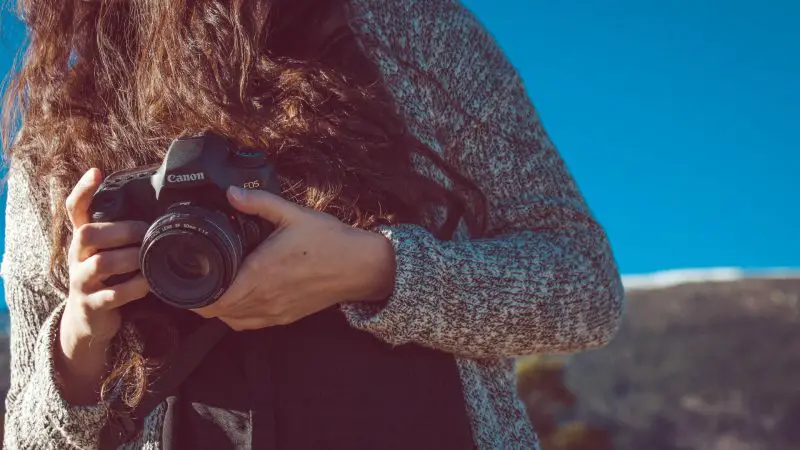
Some photographers like to say that the ISO number doesn’t really matter at all because the actual sensor doesn’t change. When you are changing the aperture or the shutter speed, there is something physically changing in your camera. When it comes to ISO, you will always have the same digital sensor that the camera comes with. The exposure rate is applied to the image only after the picture has been actually taken.
But to be 100% honest, some sensors really do change at a certain ISO. The camera basically switches to a different mode, once you start changing the numbers. That means that within one ‘range’ the sensor will be capturing the moment in the same way (ISO 640 – ISO 3200, for example). But the mode at ISO 100 and ISO 3200 would not be the same.
Bear in mind that not all cameras have such ‘levels of ISO invariance’. However, even if the sensor in the model can switch to a different mode, the difference would still be so small that the majority might not even notice it.
Related: How Is Math Used In Photography?
Do some cameras have incorrect ISO numbers on purpose in order to increase the sales and the ‘reputation’ of the model?
Yes, that’s 100% correct.
Is changing the ISO number the same thing as changing the exposure in Lightroom, for example?
Well, not quite. It is not something identical, but the differences are so small that, to some extent, we can agree with the statement.
ISO is certainly not something you have to be afraid of if you are a beginner. In fact, a lot of professionals have been neglecting this feature of the camera for years. So, you better focus on mastering shutter speed and aperture when it comes to the exposure.
Related: What Is Auto Iso And How/When To Use It – A Complete Guide
